How exactly do you say be quiet in Italian?
In this lesson, we will look at the different ways to translate this sentence into Italian. Read on to learn them all!
Stai…
Be…
Let’s get started! Iniziamo!
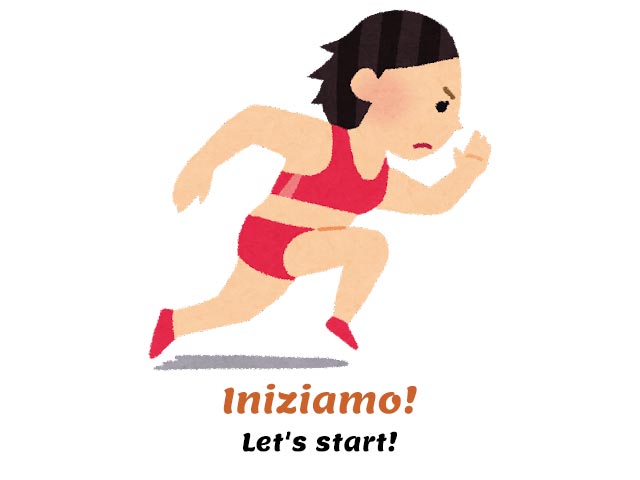
How do you say be quiet in Italian?
Singular: Fai silenzio!
Fai silenzio! is how you say be quiet in Italian when you are talking to someone you know on a familiar level, such as a friend or a relative.
Fai silenzio!
Be quiet! (singular, informal)
Literally: Make silence!
This common sentence in Italian is made up of two elements.
Fai
Imperative for “you do”, informal
Silenzio
Silence
Fai silenzio, per favore.
Please be quiet.
Fai silenzio, non riesco a concentrarmi.
Be quiet, I cannot concentrate.
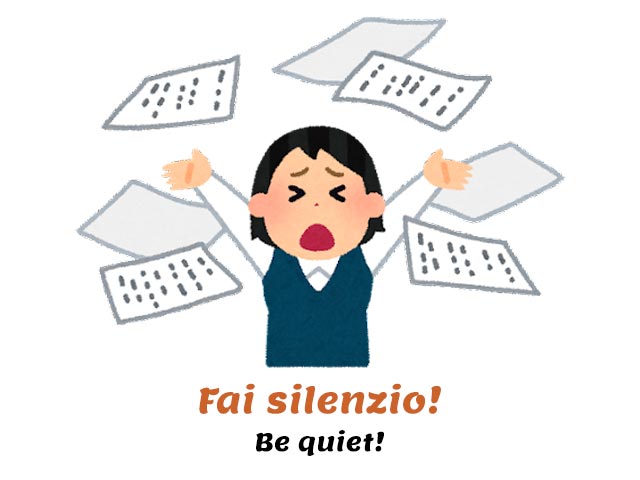
Fai can be shortened to fa’, with an apostrophe (never as fà, that’s a common mistake made by learners and some natives!) It’s the second-person imperative of the verb fare, which means to do.
Imperative tense conjugation of fare
| io | — |
| tu | fai |
| lui, lei | faccia |
| noi | facciamo |
| voi | fate |
| loro | facciano |
Che facciano quello che vogliono, non mi importa niente.
Let them do whatever they want, I don’t care at all.
Facciamo una piccola pausa!
Let’s take a little break!
Then we have silenzio, which is a masculine noun (il silenzio) meaning silence. When you tell someone to be quiet in Italian, you’re telling them to make silence.
What do you have to say to tell a group of people to be quiet in Italian? You will need to conjugate the verb fare in the second person plural. Let’s see what this form is in the next paragraph.
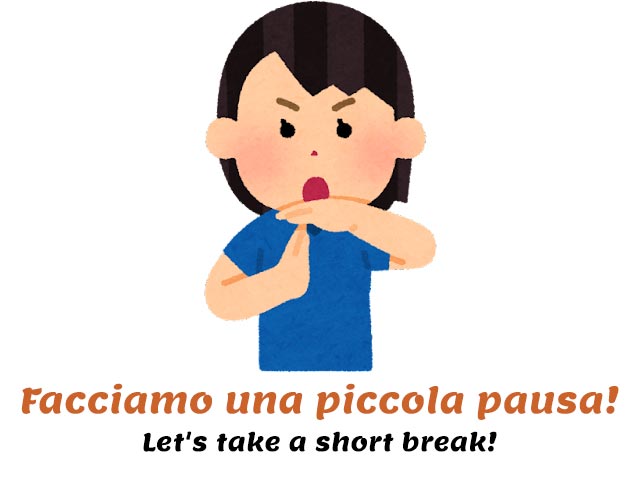
Plural: Fate silenzio!
Fate silenzio! is how you translate be quiet in Italian when you are speaking to more than one person.
Fate silenzio!
Be quiet! (plural)
Literally: Make silence!
In Italian, unlike English, there are two kinds of “you”. There is a singular “you” and then there is a plural “you”. If you are addressing a group, you must conjugate the verb fare according to the latter pronoun, which is voi.
From the table in the previous paragraph, you can see that the conjugation to use is fate.
Fate silenzio! Sto studiando.
Be quiet! I’m studying.
Ragazzi, fate silenzio, per favore. Sto cercando di dormire.
Guys, please be quiet. I’m trying to sleep.
Now, how do you say be quiet in Italian when you need to be formal? Keep reading to find out!
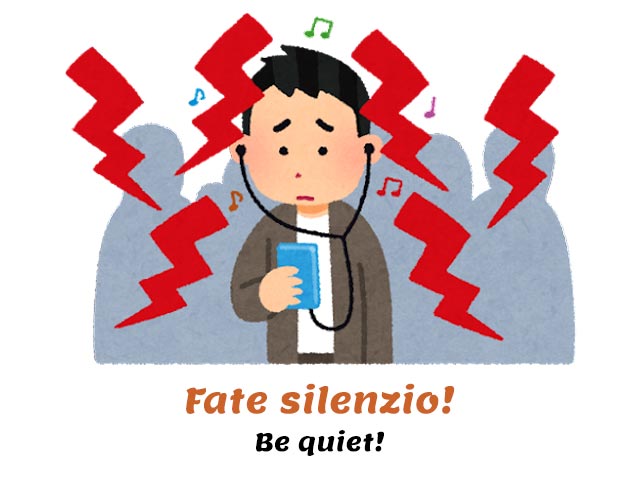
Polite: Faccia silenzio!
If you are just visiting Italy and often meet new people, unless you both agree to use the informal pronoun tu, you will have to stick to the polite pronoun Lei when talking to other adults and people you are not familiar with. With children, it’s customary to use tu regardless of familiarity.
So, how do you politely say be quiet in Italian?
Faccia silenzio!
Be quiet! (formal)
Faccia silenzio, signore!
Be quiet, sir!
This command has a third person singular conjugation. Basically, when speaking formally, Italians address each other with the subject “you”, lei. This is why we say faccia (see the conjugation table in the previous paragraphs!).
I advise you not to use faccia silenzio when you are among people you don’t know well, as it is very direct and rather rude.
If you want to soften the request, you can add a per favore, as in…
Faccia silenzio, per favore.
Be quiet, please. (formal)
This sounds almost acceptable for use in a formal setting.
Other ways to say be quiet in Italian
Silenzio!
Instead of using a conjugation of the verb fare, you can simply translate be quiet in Italian as silenzio!, following the behavior of quiet! in English.
Silenzio!
Quiet!
Silenzio, tutti quanti! Ho sentito un rumore provenire dal giardino.
Quiet, everyone! I heard a noise coming from the garden.
If you want to sound softer, you can add a per favore, please.
Silenzio, per favore!
Quiet, please!

Zitto! Zitta! Zitti! Zitte!
Zitto, zitta, zitti and zitte are four exclamations that most closely translate into English as shut up. First, let’s hear how they are pronounced.
Zitto!
Be quiet! (masculine singular)
Zitta!
Be quiet! (feminine singular)
Zitti!
Be quiet! (masculine plural)
Zitte!
Be quiet! (feminine plural)
Why four different versions? Zitto is an adjective and adjectives in Italian must agree in gender and number with the noun.
Here’s when you can use each of them:
- zitto to address a male person
- zitta to address a female person
- zitti to address a group of men or a mixed group
- zitte to address a group of women (with no men)
For example, you could say…
Zitto, Marco!
Be quiet, Marco!
(Marco is a masculine first name.)
Zitta, Anna!
Be quiet, Anna!
(Anna is a feminine first name.)
And so on. These are all pretty direct, so don’t use them when you need to be polite.

Stai/state/stia zitto!
Another popular way to say be quiet in Italian is stai zitto, where stai is an imperative conjugation of the verb stare, to stay.
Like fai silenzio, stai zitto can only be used with one person at a time, but this time the choice is even narrower: one male person at a time.
Stai can also be shortened to sta’, with an apostrophe (NOT with an accent mark!).
Stai zitto!
Be quiet! (masculine singular, informal)
Sta’ zitto per cinque minuti!
Shut up for five minutes!
If you are addressing a woman, you must to say stai zitta, following the same adjective rule we saw in the previous paragraph.
Stai zitta!
Be quiet! (feminine singular, informal)
The plural for stai (singular you) is state (plural you). You need to distinguish between male/mixed and female groups.
State zitti!
Be quiet! (masculine plural or mixed group, informal)
State zitte!
Be quiet! (feminine group, informal)
The polite form can be either stia zitto (if male) or stia zitta (if female). Of course, you shouldn’t use these forms unless you really, really mean it.
Stia zitto!
Be quiet! (masculine)
Stia zitta!
Be quiet! (feminine)

Taci! Tacete! Taccia!
The last way to say be quiet in Italian is taci, which comes from the verb tacere which means to shut up. This is quite aggressive.
As you probably already guessed, tacete and taccia are the plural and polite forms of taci, respectively.
Taci!
Be quiet! Shut up! (singular, informal)
Tacete!
Be quiet! Shut up! (plural)
Taccia!
Be quiet! Shut up! (polite)
Taci, Giorgio, sto cercando di dormire!
Shut up, Giorgio, I’m trying to sleep!
Ragazzi, tacete un momento!
Guys, shut up for a moment!
And that’s it, now you know how to say be quiet in Italian in all its forms!
Now what?
➡️ Learn other common Italian questions!
Now that you’ve seen how to say be quiet in Italian, you might want to keep learning Italian online with these free Italian resources:
Title: Italian All-in-One For Dummies
Language: English / Italian
Publisher: For Dummies
Pages: 672
Learn to speak Italian like a native? Easy.
Italian All-in-One For Dummies appeals to those readers looking for a comprehensive, all-encompassing guide to mastering the Italian language. It contains content from all For Dummies Italian language instruction titles, including Italian For Dummies, Intermediate Italian For Dummies, Italian Verbs For Dummies, Italian Phrases For Dummies, Italian Grammar For Dummies, and Italian For Dummies Audio Set.
❤️ If you liked this lesson on how do you say be quiet in Italian, consider sharing it with your social media friends who are also studying Italian.

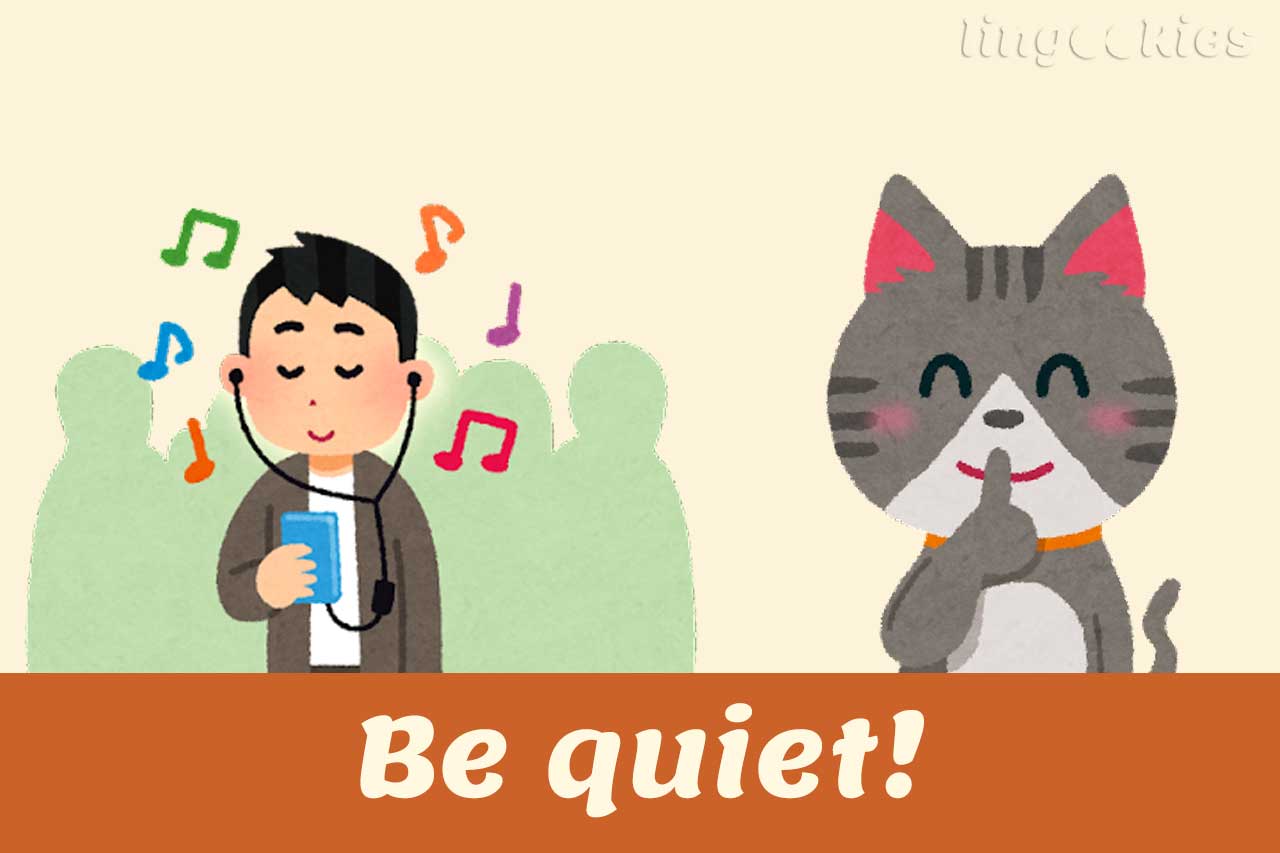



Just found your website. I think it is well done. Nice layout and good information.
Thank you, Tom!